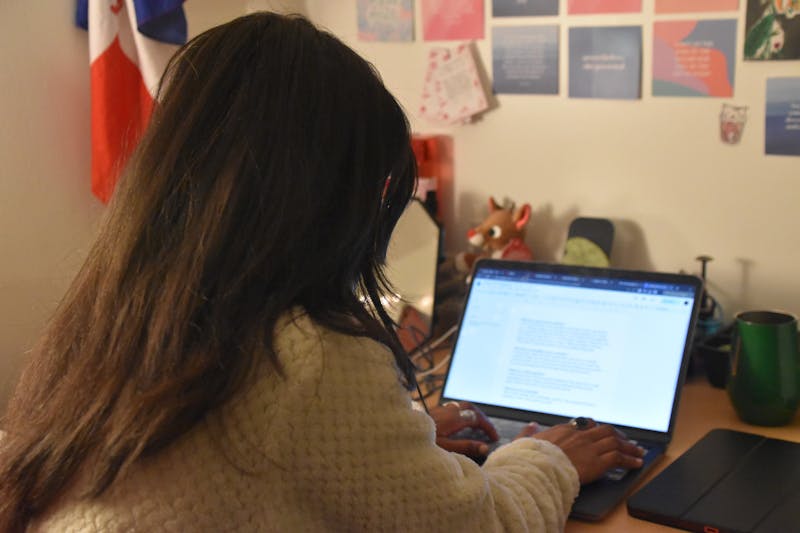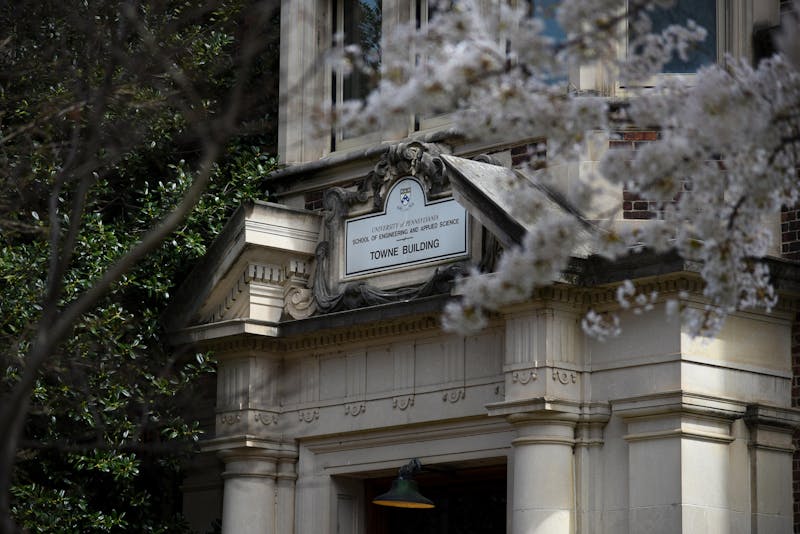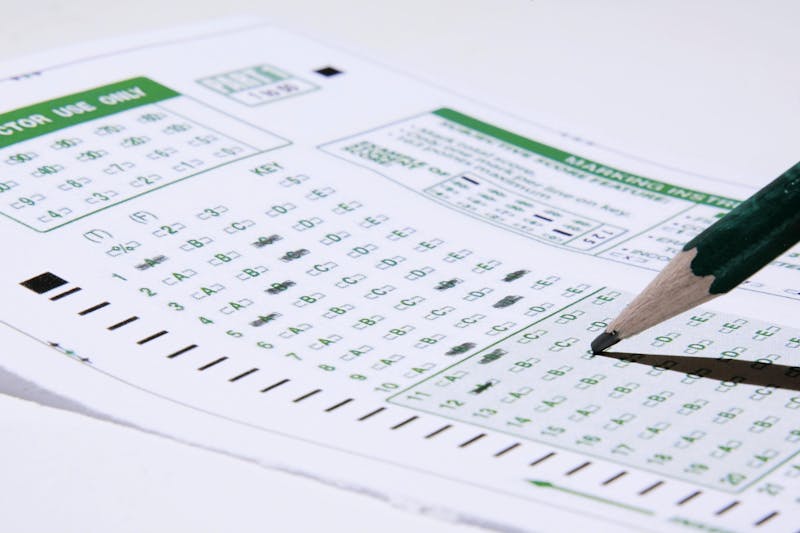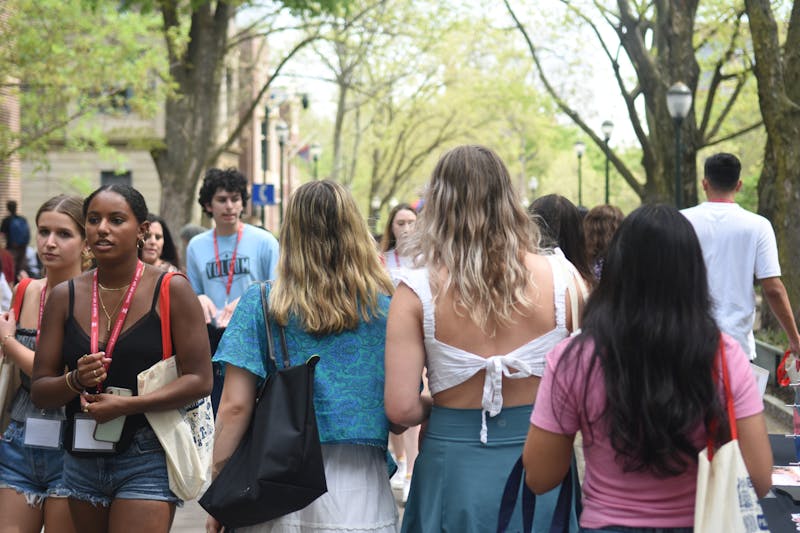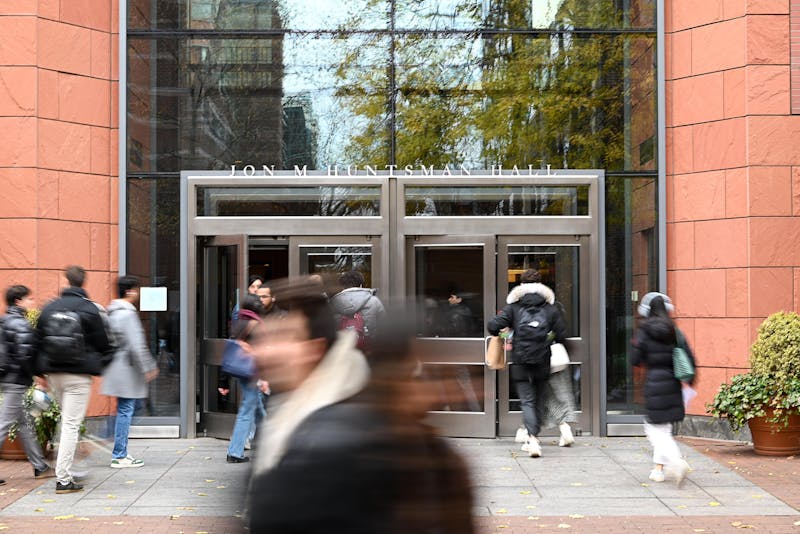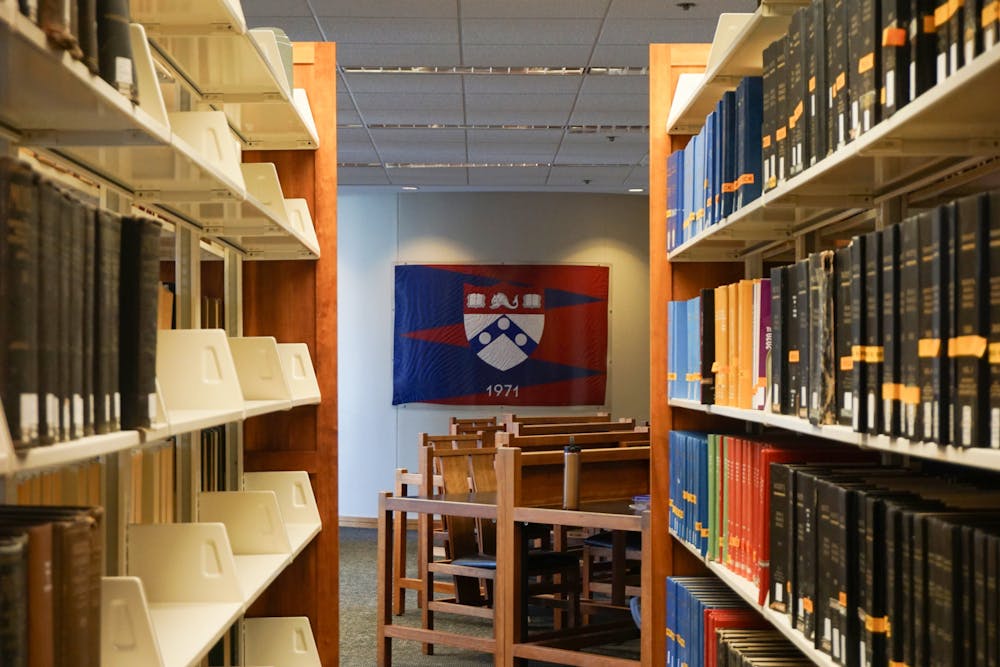
Last year, Penn admitted students from 48 states and 97 countries into its Class of 2027. By every metric, Penn’s incoming class profile paints a vastly diverse picture. In many ways, this illustration of our students is accurate. However, our university fails to advertise that every year they reliably admit candidates from the same exact high schools.
Before Penn, I knew about boarding schools with flashy matriculation rates and alumni rosters. But, I thought of them as more of an isolated concept, not one that dominated the Ivy League. As the first Penn matriculant in my high school’s history, I was thrown into a student body filled with the graduates of high-yielding secondary schools.
Dubbed ‘feeder schools,’ these institutions come in a few different varieties. Many people know about the fancy private schools whose yearly tuition exceeds $50,000 and often send half of a graduating class to Top 20 colleges. But behind that is another class of public schools that reliably advance students to Penn and other comparable universities every cycle. Many of them simply have robust magnet or International Baccalaureate programs that are compelling to admissions officers.
The paramount quality of a ‘feeder school’ is a high propensity to matriculate many students into out-of-state, private colleges. That situation is immensely out of the ordinary. Most of my graduating class remained in our home state, Georgia. Our counseling department and school culture simply aren’t equipped to encourage much else.
It’s time for Penn’s community to reflect on how they got here. That’s not to say that certain students don’t deserve to be here; I think almost every member of our community is gifted, driven, and ultimately deserving of their place at Penn. But there are lots of gifted, driven, and deserving people in our 60,000-person applicant pool every year. During my (albeit brief) time at Penn, I have been amazed by the resources we have at our disposal. We have everything from a Nobel Prize on display at the Perelman Center for Political Science and Economics to a Salvador Dali drawing in Van Pelt Library. For many, this has been a life-long norm.
In a 2021 book, "Valedictorians at the Gate: Standing Out, Getting In, and Staying Sane While Applying to College," former Director of Admissions at Dartmouth College Rebecca Sabky recounted the intricacies of hyper-selective college admissions. More importantly, she detailed some of the explicit advantages that higher-end feeder schools offer their students. One striking example is a concept named “counselor calls,” which is when a university admissions officer contacts “trusted high schools” to inform their faculty of students’ outcomes. Sabky noted that in some cases, admissions officers were convinced to alter decisions because of a counselor’s advocacy during this process.
While those far-out advantages are available to a few students, so many more were raised in a culture where Ivy League ambitions are standard. Beyond anything, a high school’s attitude towards college reflects its success. At high schools with high matriculation rates, counselors know how to advise their students through selective admissions, students learn the process from previously successful peers, and their academic programs are exceptionally well-funded. Many boast average SAT scores in the 1400s and have the capital to engage students in a meaningful extracurricular profile.
In practice, I challenge Penn Admissions to search for candidates from a more diverse background of high schools. With greater variety, on-campus groups, student perspectives, and ideas can be formed more organically.
Feeder schools aren’t Penn’s fault, rather their omnipresence is indicative of a larger phenomenon in prestigious education. In a recent New York Times study, it was uncovered that 1 in 6 students at elite colleges are from the richest 1% of families. The researchers concluded that this reality stems from a preference for legacy applicants, recruited athletes, and feeder schools. In fact, students from private, nonreligious high schools are twice as likely to be admitted as comparable students from public schools.
It’s important that students learn to acknowledge the opportunities that were given to them. Most people are never granted access to the collection of resources at the Ivy League. Others are brought into it by high schools that monopolize American education. In the end, I urge the Penn community to reflect on where they stand and how their context has benefited them.
JACK LAKIS is a College first year studying Political Science from Kennesaw, GA. His email is jlakis@sas.upenn.edu.
The Daily Pennsylvanian is an independent, student-run newspaper. Please consider making a donation to support the coverage that shapes the University. Your generosity ensures a future of strong journalism at Penn.
Donate




